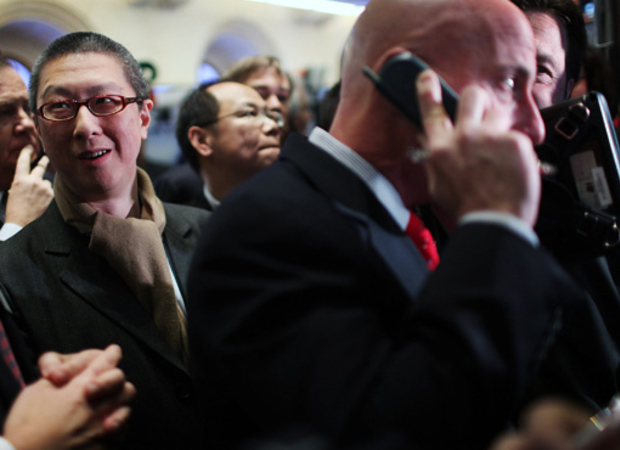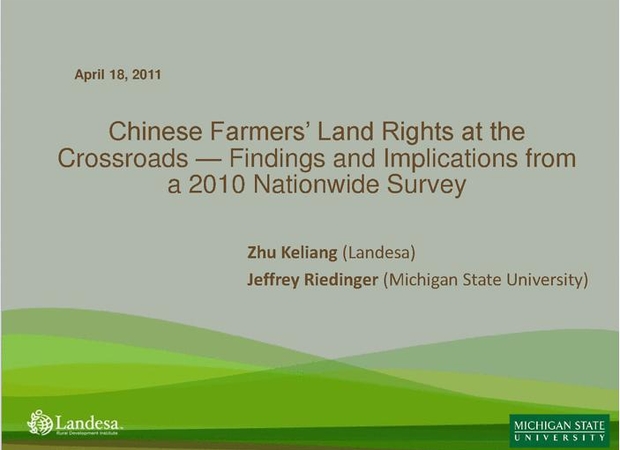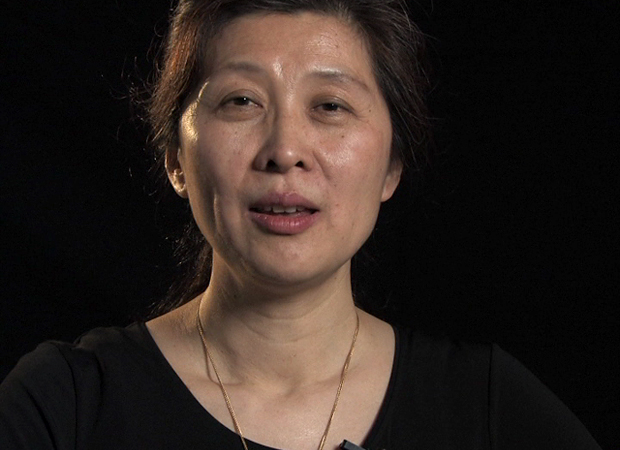Identifying the Linkages Between Major Mining Commodity Prices and China’s Economic Growth—Implications for Latin America
on April 28, 2011
Major mining commodity prices are inherently volatile and cyclical. High levels of investment in China have been a key driver in the strong world demand for minerals and metals over the past decade. The urbanization and industrialization of China has been an important factor behind the increase in domestic demand and high investment growth, while its export sector is also an important source of growth and plays a critical role as a catalyst. Activity in infrastructure, construction, real estate, and automobile manufacturing all contribute to the strong demand for minerals. Over the next five years, the Chinese demand is expected to remain strong, supported by investment and gradually rising consumption rates. However, in the second part of this decade economic growth in China could slow down. For Latin American countries, export receipts should remain strong over the next five years and beyond, given the continued strong demand from China.






